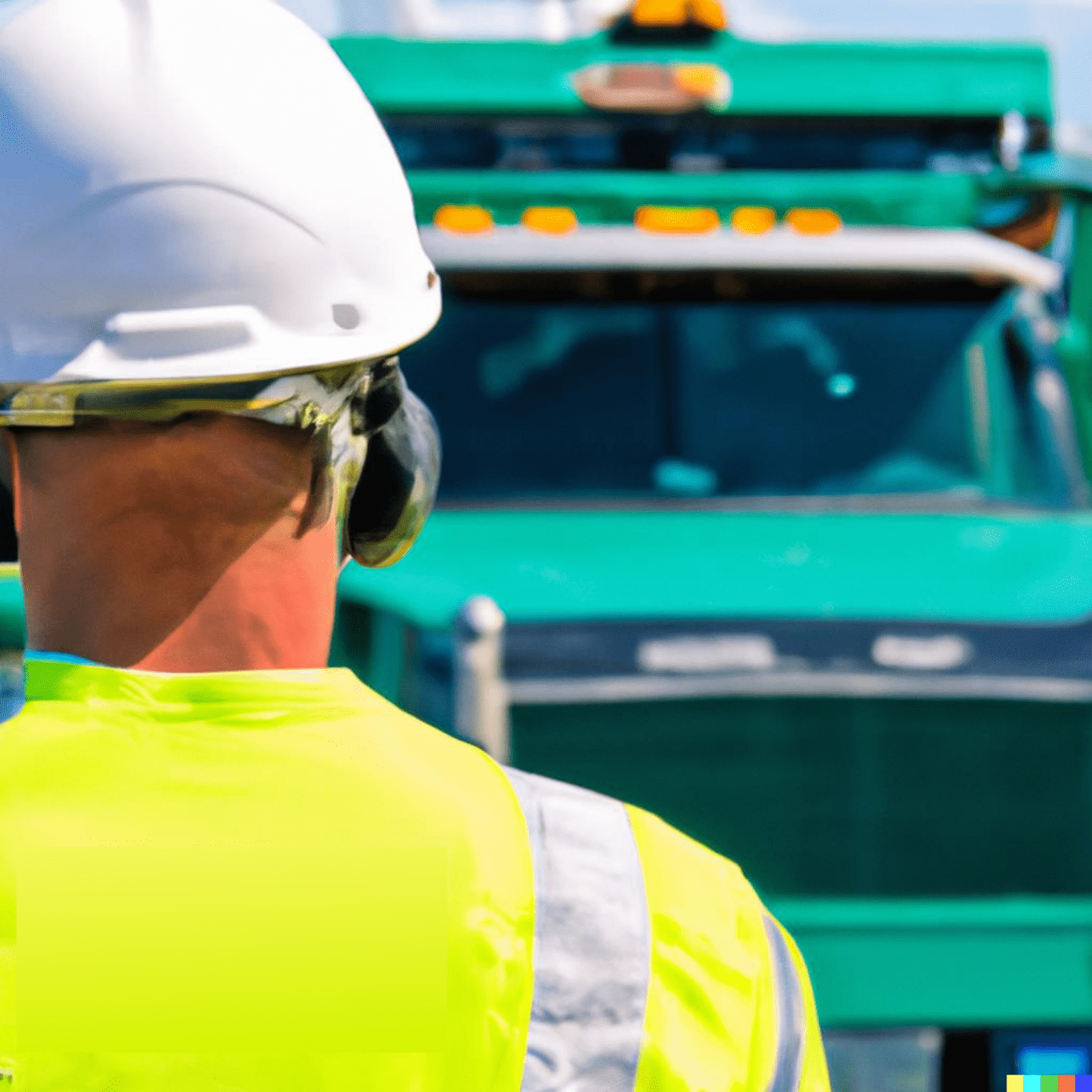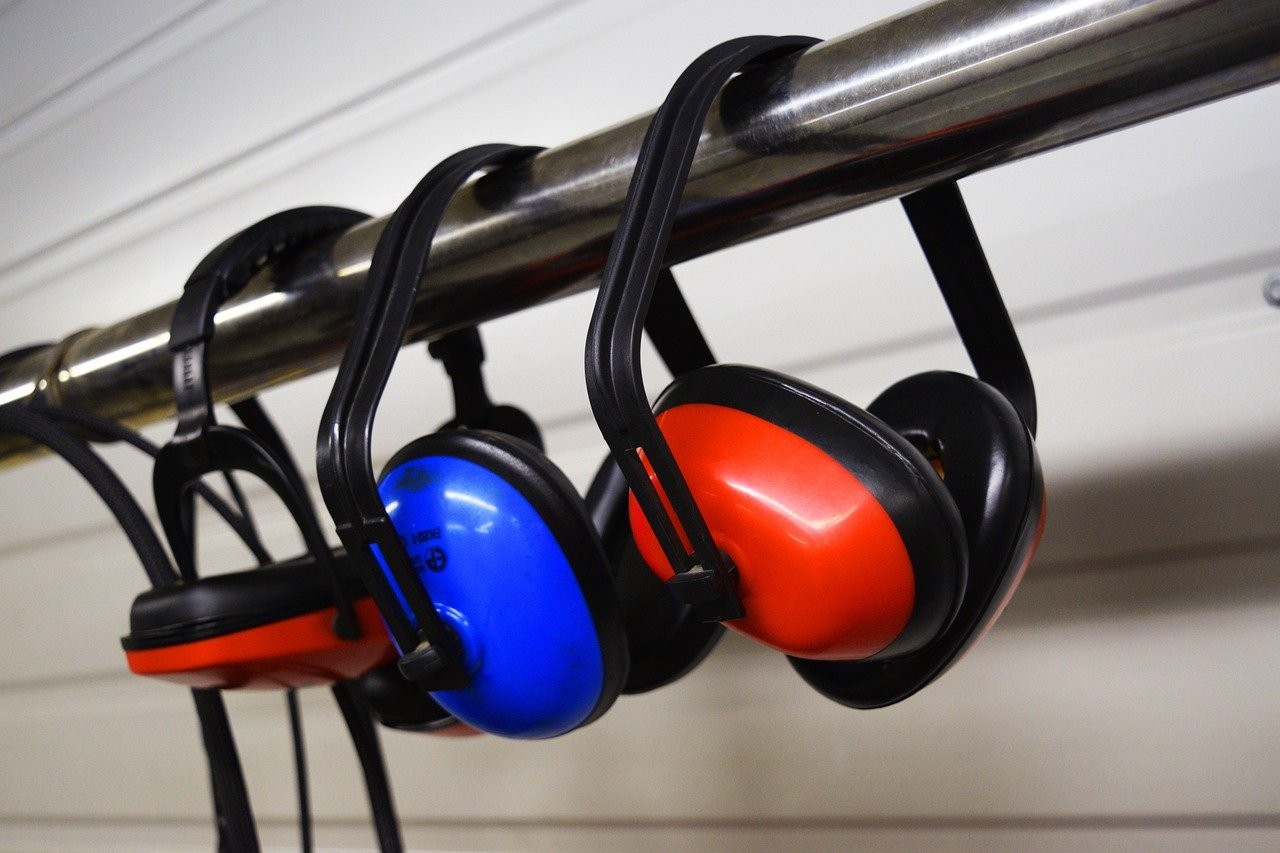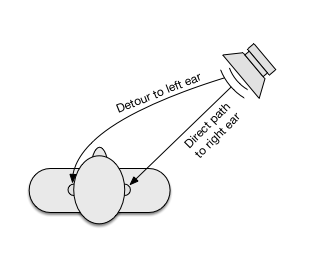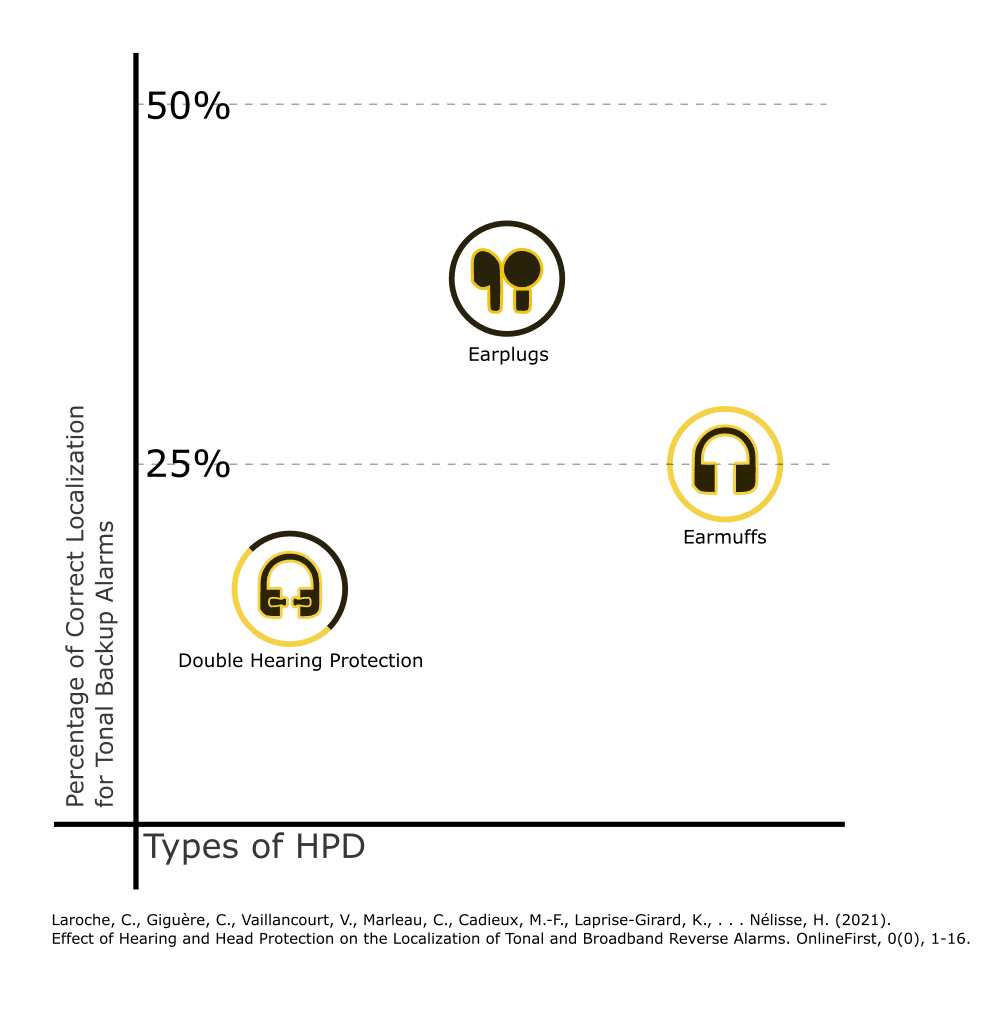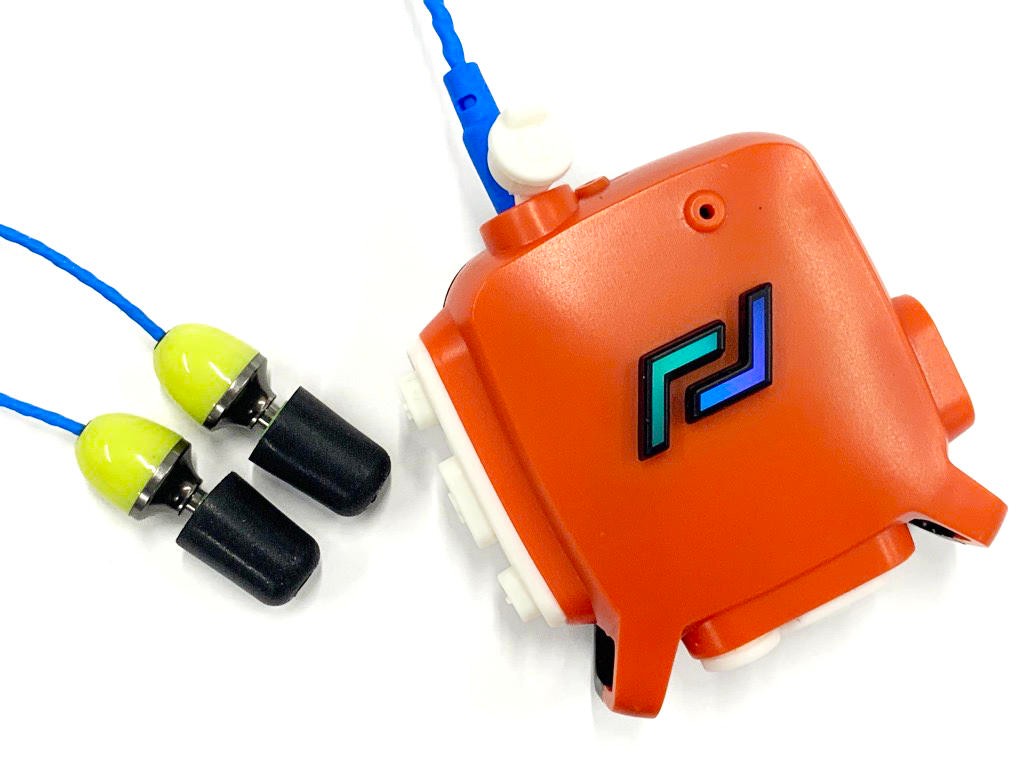The Impact of Hearing Protection on Sound Localization
This article explores the topic of sound localization, presenting its relevance in industries and how HPD might hinder the directionality of sound.
Posted on: Sep 30, 2022
Why should I read this article?
This article explores the topic of sound localization, presenting its relevance in noisy industries and how traditional hearing protection devices (HPD) might hinder the directionality of sound. This article will pertain to individuals who work in industries with loud background noise and/or large moving vehicles, as it may reduce the probability of fatal injuries.
What Exactly is Sound Localization?
The body’s sense of hearing determines the origin of a sound through different aspects of audio. This is defined as sound localization. A large part of how we function and stay safe relies on cues that we can’t see, but rather hear. Have you ever put on headphones and felt like you were more vulnerable to your surroundings? This feeling of vulnerability stems from your body not being able to localize sound that the headphones are blocking out. Now, imagine a situation in which you are focused on your job and wearing a hearing protection device (earmuff or earplugs or combinations of both) that blocks out most noise. You faintly hear a reverse alarm from a truck but ignore it since it’s perceived as far and moving away from you. The reversing truck rams into you. “Struck by” accidents are the most common type of work-related accidents, accounting for 25% of incident claims (WorkSafeBC, 2022). There are many explanations as to why this number is so high, and hindered sound localization abilities are one of them.
How Are Loud Noises Combated in Industrial Settings?
Keeping in mind the importance of sound localization in how we function, this factor becomes significantly more relevant in industrial settings. On many worksites, loud noises that are present can cause Noise-Induced Hearing Loss (NIHL) for workers, which may affect them forever (CDC, 2022). For instance, heavy industrial blowers in the shipping and steelwork industries produce noises of 112 dB or higher (AWV, 2022). In comparison, the World Health Organization (WHO) only recommends exposure to 85 dB of noise in an hour period to avoid hearing impairment (CDC, 2018). To combat prolonged exposure to loud sounds, many worksites implement regulations for Hearing Protection Devices, known as HPDs for short. These devices, such as earmuffs or earplugs, are effective in blocking out most noises, but as a result, it also hinders sound localization abilities.
How Do Our Bodies Localize Sound?
To understand how and why HPD hinder sound localization, knowledge is required on how the body localizes sounds in the first place. Our auditory system relies on two main behaviors of sound waves: reflections and absorption (Zimpfer & Sarafian, 2014). In theory, sound can travel freely through an empty median with no interruptions, but this is unrealistic in real-life application. Sound waves that travel through an area are either absorbed by present materials that it contacts, or reflect off it, which diminishes the overall intensity of the sound. These modified sound waves, in combination with other factors, are used by our body to gauge the approximate location of sound.
What Are the Performance Differences Between Hearing Protection Devices?
As aforementioned, most noise is blocked when wearing hearing protection due to the seal that these devices create. According to a study conducted on the effect of hearing protection on sound localization, it found that HPD could hinder sound localization performance by up to 50% (Laroche, et al., 2021). The same study also concluded that earmuffs disrupted localization cues more so than earplugs, especially increasing confusion in front-to-back sound tests. Furthermore, double protection (head and hearing protection) yielded results that dropped localization performance close to chance levels, which is a common combination used on worksites (Laroche, et al., 2021). These drops in localization performance with HPD can ultimately be explained through the altercation or removal of sound cues that the human auditory system uses.
The Delicate Balance of Sound Localization
As double protection yielded results that were close to chance levels, it is recommended that this combination is to be avoided to ensure that localization abilities are hindered the least (Laroche, et al., 2021). It is important to also note that earplugs are better than earmuffs in terms of keeping localization abilities, but they may provide less overall protection against loud noises (Laroche, et al., 2021).
Despite these recommendations, it is a difficult decision for many worksites to determine which method of hearing protection suits them the best. This is due to the delicate balance that is optimal for the best hearing protection and least hindering for localization abilities. An imbalance skewed to either side can ultimately endanger workers. Overprotection results in the user being unaware of their surroundings, leaving them vulnerable to immediate dangers that could wound them. Under protection results in the user being exposed to prolonged noises that could cause NIHL. The reality is, a perfect balance is unachievable with traditional HPD, as they are outdated and simply offer minimal amounts of safety to users.
Our Solution
Bridging the gap between workplace safety and comfort are our ecosystem of products at picoTera. Our products utilize noise cancellation and communications technology that provide the ultimate comfort and protection without compromise. There is no longer a need for taking off equipment just to communicate with workmates, as our picoNet and teraNet networks allow for instant communication, anywhere at any time. The denoising algorithm that we use distinguishes voices and clarifies them, ensuring that your workmates hear only what needs to be heard. Our picoEar backup alert and accident-avoidance technology, integrated into all our products, uses different components of sound waves to determine when a large vehicle is approaching. When entering a space with workers, both the users in the space and the driver are notified, preventing any vehicular accidents on a worksite. It does the listening for you, ensuring that a sense of directionality is maintained, even when the noise cancellation is active. All these technologies are built into our main product, the picoLink. It is the ultimate workplace safety and communications device. Here at picoTera, we’re determined to smarten hearing protection, one worksite at a time. Curious to learn more? Visit our product page to see all these technologies in effect.
- AWV. (2022). Industrial Noise Pollution: Combatting Common Causes and Effects. (AWV) Retrieved September 27, 2022, from https://awv.com/blog/industrial-noise-pollution/
- Brown, A. D., Beemer, B. T., Greene, N. T., Argo IV, T., Meegan, G. D., & Tollin, D. J. (2015). Effects of Active and Passive Hearing Protection Devices on Sound Source Localization, Speech Recognition, and Tone Detection. PLOS ONE.
- CDC. (2018, December 11). Statistics about the Public Health Burden of Noise-Induced Hearing Loss. (CDC) Retrieved September 27, 2022, from https://www.cdc.gov/nceh/hearing_loss/public_health_scientific_info.html#:~:text=The%20World%20Health%20Organization%20(WHO,period%20to%20avoid%20hearing%20impairment.
- CDC. (2022, July 21). Preventing Noise-Induced Hearing Loss. (CDC) Retrieved September 27, 2022, from https://www.cdc.gov/ncbddd/hearingloss/noise.html
- Laroche, C., Giguère, C., Vaillancourt, V., Marleau, C., Cadieux, M.-F., Laprise-Girard, K., . . . Nélisse, H. (2021). Effect of Hearing and Head Protection on the Localization of Tonal and Broadband Reverse Alarms. Human Factors, 0(0), 1-16.
- Luther, C. (2016, June 8). Sound Localization Basics. (The Science of Sound) Retrieved September 27, 2022, from https://science-of-sound.net/2016/06/sound-localization-basics/
- WorkSafeBC. (2022). Injury Statistics On Young Workers From 2014 to 2018. Vancouver, BC: Work Safe BC. Retrieved 2022, from https://www.worksafebc.com/en/health-safety/education-training-certification/young-new-worker/statistics
- Zimpfer, V., & Sarafian, D. (2014). Impact of hearing protection devices on sound localization performance . Frontiers in Neuroscience, 8.
